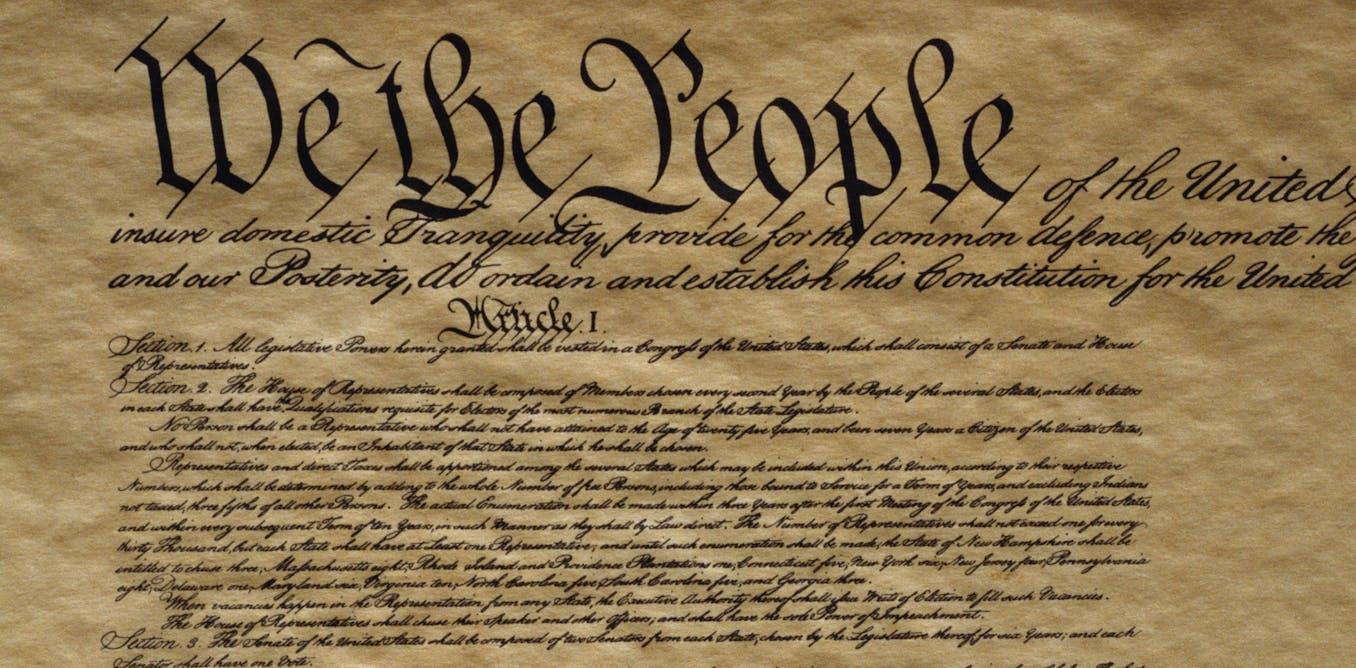Introduction
After the founding fathers signed the Constitution, they had to convince the rest of
the country that this was the best document to govern the nation. Two vocal
groups formed as their views on the new Constitution became more and more
public. The Federalists supported the Constitution and the Anti-Federalists were
against ratification of the Constitution unless specifically a Bill of Rights was
added.
Task
One thing that is so interesting about the Philadelphia Convention is to see how heated the debate was between the Founding Fathers. The Constitution, one of the most important documents we have today, came about from one of the biggest political fights ever to take place in this country. Did you know that one of the founders was actually shot and killed over the disagreements that came from the convention?
The Source of the Debate: Should there be a strong central government (Federalists)? Or should the states rule themselves (anti-Federalists)?
You task is to research ( with the links provided) both the Federalist and anti-Federal side of this debate. First, you will research the basic idea of the Federalist side. Next, you will be able to see who some of the major people were that were involved with arguing for the Federalists. Third, you will research the basic idea of the anti-Federalists and discover some of the major people involved with their side.
Process
Key Vocabulary
1) Ratification- To make something an official law
2) Federalist- Believe in a strong central government, weak states
3) Anti-Federalists- Believe in strong state power, weak central government
4) Philadelphia Convention- A.K.A Constitutional Convention. The place/time where the founding fathers created the current Constitution of the United States.
5) Drafting- A first version that can be corrected and changed.
The Federalists
The first side to look at are the Federalists. They believed in a strong central government. Their main arguments can be seen by clicking here. It is also really important to click here in order to get a good understanding of the Federalist side.
Next, it is important to see which of the founding father's led the charge for the Federalists side. Which founding fathers were Founding Fathers?
The Federalist Papers were a group of essays that were published anonymously to try and persuade people to vote to ratify the Constitution. It was later decided that these were written mainly by Alexander Hamilton, James Madison, and John Jay.
It is important to read one of these essay's in order to understand the mindset of the Federalists during this time. Please pick any TWO and briefly take notes on the main point of the essay. Here are the summaries of the Federalist Papers .
The Anti-Federalists
Lastly, we need to take a look at the other side. The anti-Federalists opposed or went against the Federalists for a variety of reasons. They believed that the states should have the most control over what is done within their states. Please click here to learn more about the arguments that the anti-Federalists made. The anti-Federalists had certain specific idea's that and were made up of a very specific type of people.
Some of the main leaders of the anti-Federalist movement were.
People like Patrick Henry were very strongly against the ratification of the constitution. Please look at some of quotes from the anti-Federalists and pick one that you think really exemplifies ( or shows) their side. Please note that the quotes are on the BOTTOM half of this link, but it is still good to read through.
Evaluation
Create a Google Document. In at least one paragraph (no less than 7 sentences) take a stance supporting either the Federalists or the anti federalists. Your paragraph should include the following
- An opening sentence stating which side you support
- Define what you side stands for ( for or against the Constitution)
- Why you agree with this side
- Cite evidence ( either a specific Federalist Paper or a quote from an anti-Federalist)
- Explain why the other side is not right
- What would happen if the other side got its way? ( what would go wrong)
- Concluding sentence to tie it all together
George Washington, the president of the Constitutional Convention
Conclusion
During this lesson you should have begun to get a good understanding of the following
-
The arguments of the Federalists
-
The arguments of the anti-Federalists
-
The key people on each side
-
Understand the role of the Federalist Papers
-
Be able to pick a side and defend it with evidence and/or quotes
If you have NOT gone over any of the bullets please GO BACK and try and find them.
